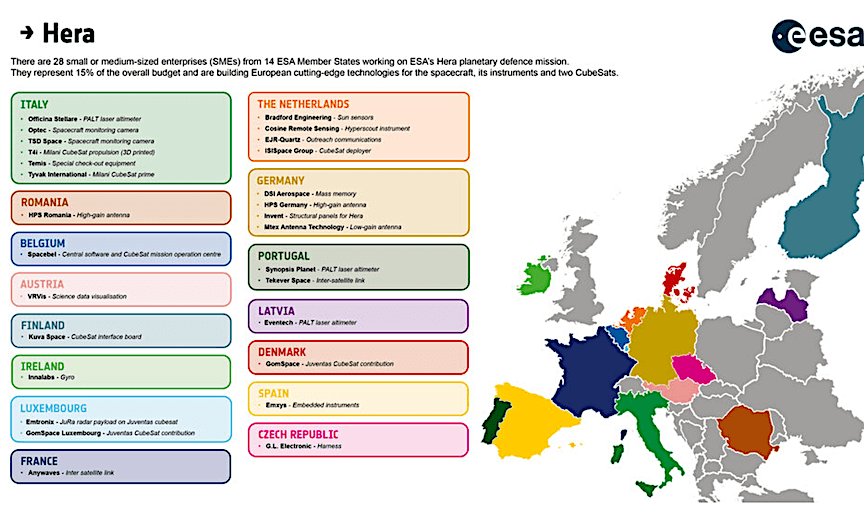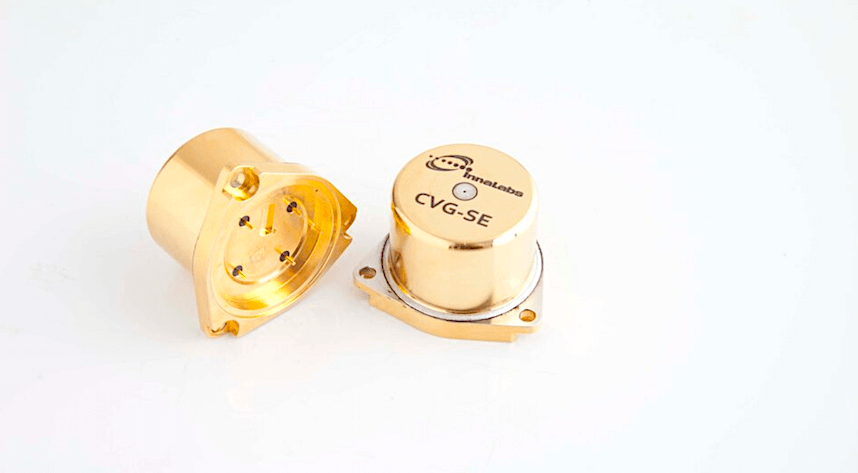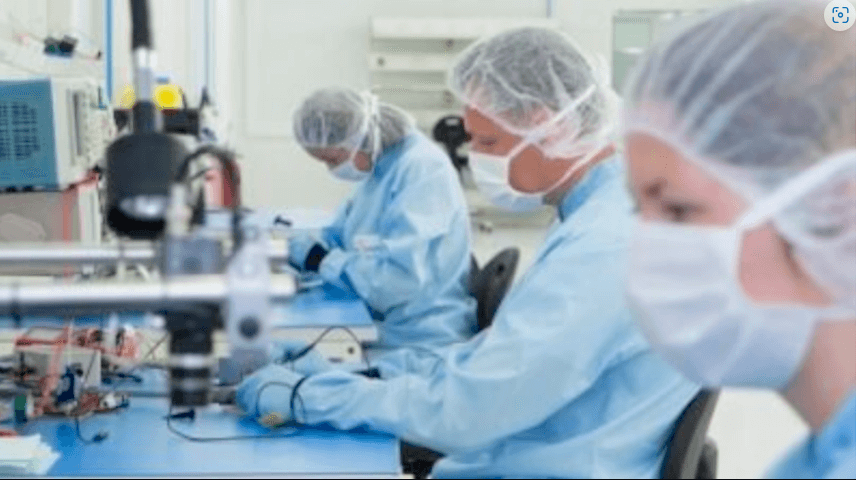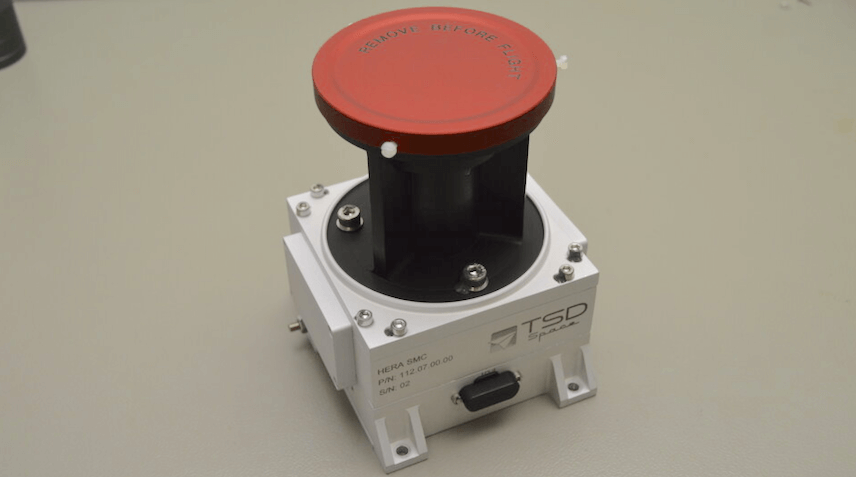There are 28 small or medium-sized enterprises (SMEs) working on ESA’s Hera planetary defense mission, which involves about 100 companies in total. These SMEs are building European cutting-edge technologies for the spacecraft, its instruments and two CubeSats.
The Hera mission was supported at the ESA Ministerial Council in 2019. The project committed to heavily involve SMEs contributing to the diversity of innovation and increasing technical know-how in the European workforce. SMEs from 14 Member States are involved and represent 15% of Hera’s overall budget.
Hera is the European contribution to an international double-spacecraft collaboration with NASA. It will examine up close the crater created by NASA’s DART spacecraft when it collided with the Dimorphos asteroid in 2022, altering its orbit. This will provide a better understanding of the effectiveness of the kinetic impact technique for planetary Small but mighty companies working on ESA’s planetary defense mission.
The Hera development, build and testing timeline is short — just three years, with launch set for October 2024. The design therefore makes maximum use of the latest commercial off the shelf technology and implements parallel workflows which has included manufacturing engineering qualification models of the equipment in parallel to the flight units.
SMEs bring niche technologies and innovation
Hera will demonstrate new technologies such as visual-based asteroid close-proximity navigation and control, use of CubeSats in deep-space, inter-satellite communication and a novel even more precise delta-DOR interplanetary radio-tracking and navigation technique — all of which pave the way for future interplanetary missions.
Several of the SMEs working on Hera previously carried out technology pre-developments in parallel to Hera’s early definition phase under ESA’s General Support Technology Program (GSTP) and have taken contracts with OHB or ESA.
The most visible involvement of SMEs in Hera is the contribution of two CubeSats. The Juventas CubeSat is led for ESA by GomSpace in Luxembourg and Denmark, with ROB in Belgium, Emxys in Spain, GMV in Romania, Astronika in Poland, Emtronix in Luxembourg, IPAG in France and Tekever Space in Portugal. The Milani CubeSat is managed by Tyvak International in Italy with VTT in Finland, PoliMI, PoliTO, INAF and INFN in Italy, and Tekever Space.
These two CubeSats will gather additional data about the Dimorphos asteroid. Milani, is equipped with a hyperspectral imager and dust analyzer to perform mineral prospecting of the asteroid surface while Juventas will perform the first subsurface radar probe of an asteroid, going on to touch down and measure surface gravity levels.
To ensure these two Cubesats get to their destinations, ISISpace has built into Hera the first pair of deep space CubeSat deployers to provide power and communications to the CubeSats during their two-year journey and then to ensure their final slow and highly precise release.
Tekever Space has built on previous development for ESA’s Proba 3 mission, to further tune its inter-satellite link system, connecting Hera and its CubeSats around the asteroid’s vicinity.
Working with ESA helps SMEs to grow their business, build on their technical expertise and commercial capabilities, expand their networks, and establish themselves in the business of space. What these SMEs bring to ESA are new innovative technologies and agile working practices.
“Some SMEs working with OHB are part of OHB’s normal supply chain, others are new to working with such a Large System Integrator and have had to adapt to more structure on reporting. At the same time, OHB has had to adapt to the leaner processes of SMEs. There have been good lessons learned on both sides,” said Ian Carnelli, Hera Project Manager at ESA.
Innalabs in Ireland delivered to ESA the first flight models of Hera’s crucial guidance, navigation and control gyroscope from June 2023.
The design is based on technology development that was carried out in 2018 within ESA’s GSTP from which Innalabs received funding, expert technical advice and quality assurance support to develop and build their commercially viable gyro which is now attracting customers worldwide.
“Designing and building a product for ESA has brought commercial benefits. We can market our product and share details whereas commercial customers normally require privacy.
“By working with ESA we prove we meet the highest standards of quality control and this gives our customers added confidence to buy from us,” said Alberto Torasso, Vice President Space Programs at Innalabs. “ESA has been a big support. Our business network has grown through Hera and we have further contracts pending. I look forward to having our gyros in deep space.”
TSD Space, an SME based in Naples, Italy, is delivering Hera’s Spacecraft Monitoring Camera and novel optical system which will monitor the deployment of Hera’s CubeSats when Hera reaches the Dydimos binary asteroid system. TSD Space holds three Hera contracts; one with OHB and two directly with ESA.
“The R&D we do with ESA further improves our cameras and extends their capabilities. We can bring these innovations back to the market by developing similar products which we typically further individualize to fit our customer’s requirements,” explained Francesco Monti at Techno System Developments. “We have a long history with ESA going back to 1987 and I can say that ESA shows understanding of the problems that SMEs face and shows an appreciation of the value that SMEs add to the European space economy.”
“ESA recognizes the value of unlocking the potential of European SMEs by supporting them in bringing leading edge technology to the Hera mission. These SMEs will be able to build on their work with ESA to create new opportunities. These small but mighty companies strengthen the overall competitiveness of European space business,” said Ian Carnelli.






